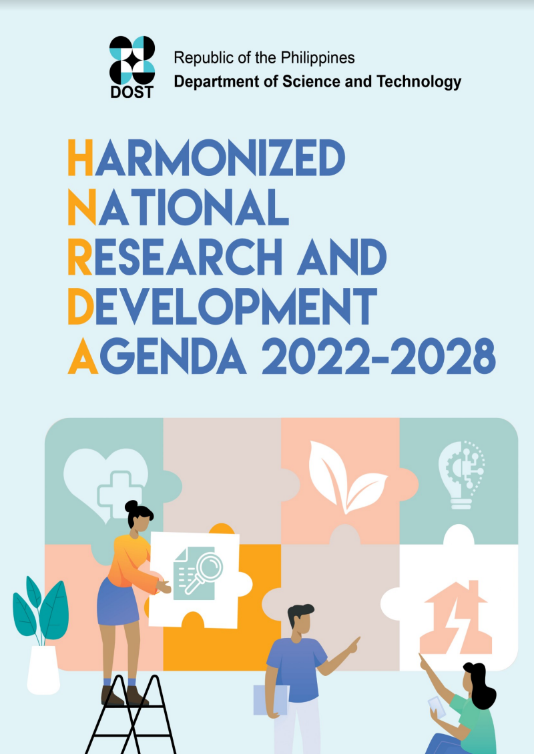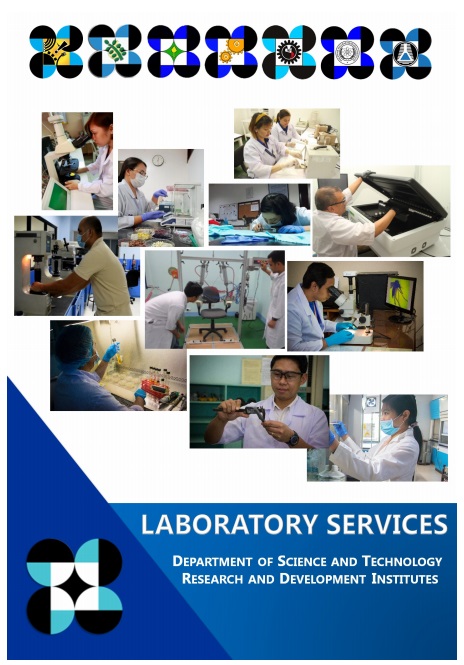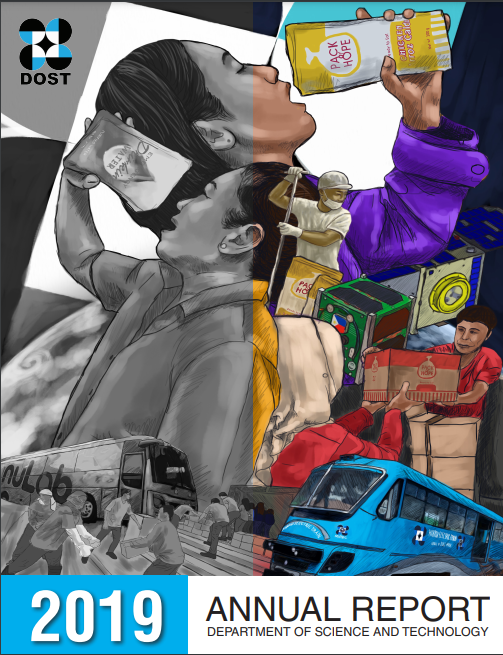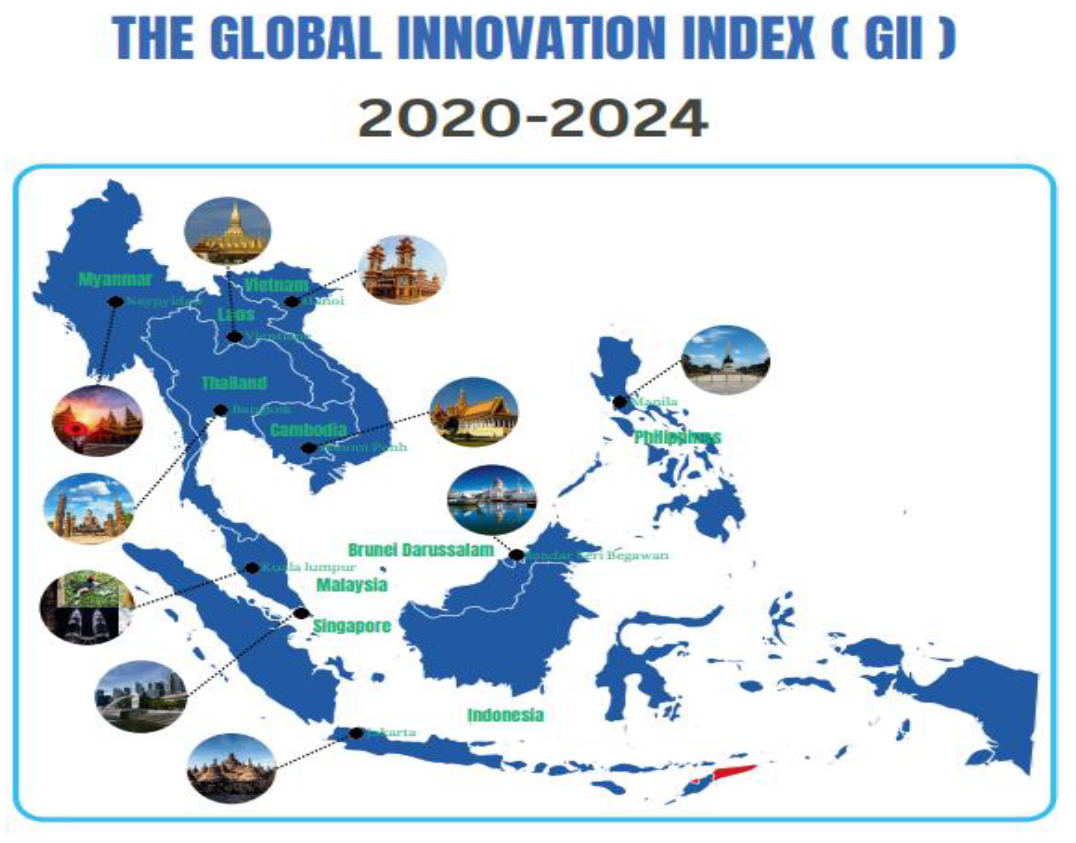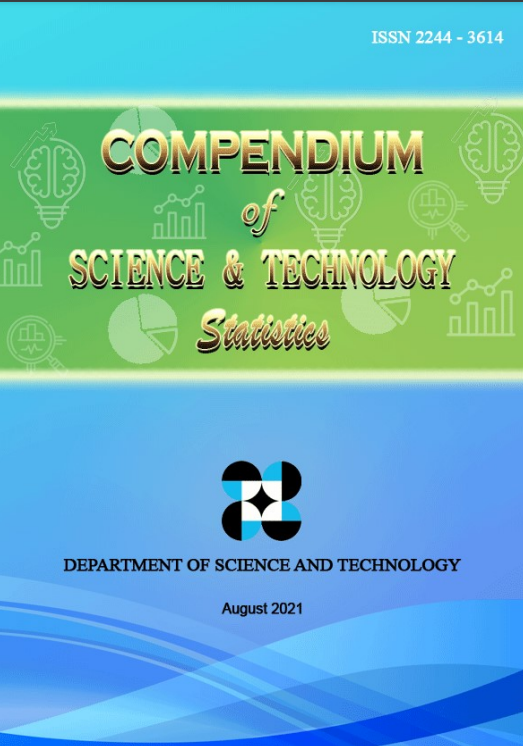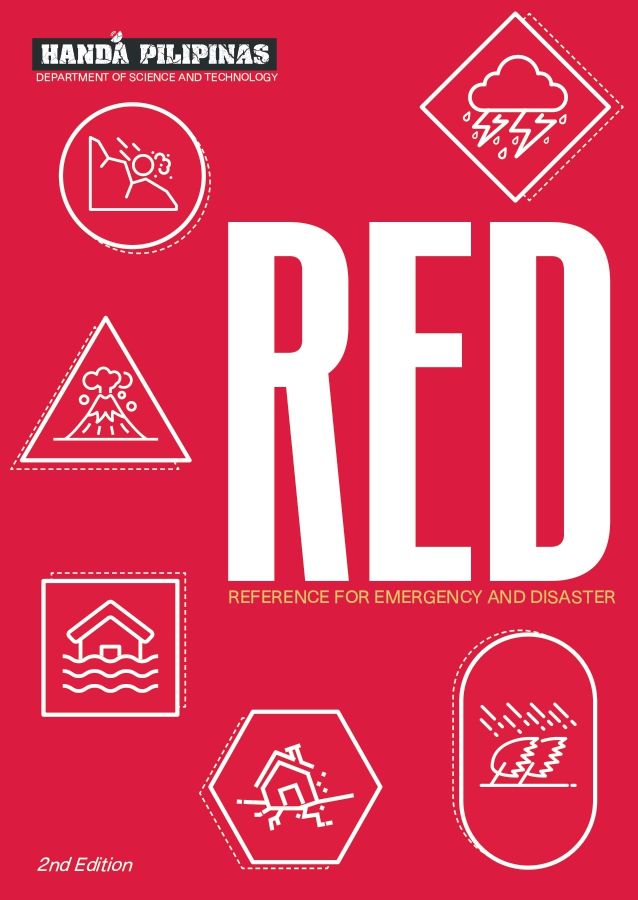GenSan’s “Iron Man” of the manufacturing industry
- Details
- Hits: 5845
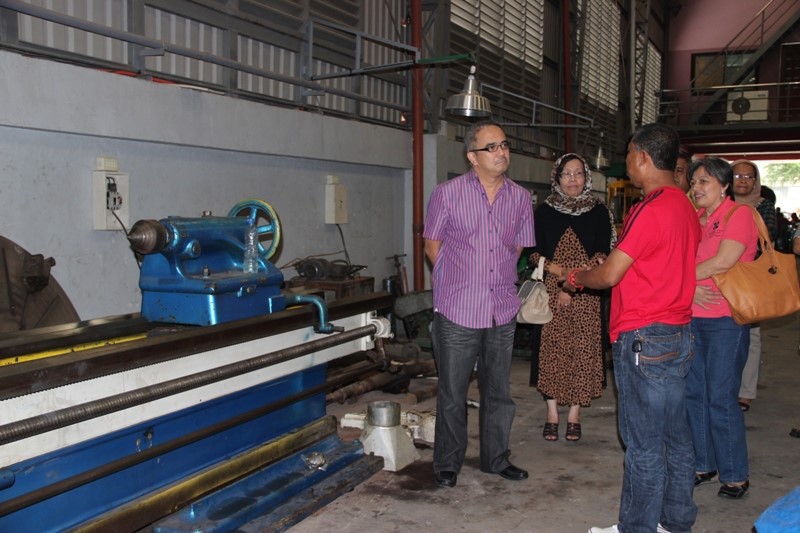
Rafols Machine Shop and Engineering Services in General Santos City typifies what it’s like to earnestly adopt the Small Enterprise Technology Upgrading Program (SETUP) of the Department of Science and Technology. Sheryl Demillo tells us why.
Read more: GenSan’s “Iron Man” of the manufacturing industry
DOST develops wound dressing from honey
- Details
- Hits: 7125
Experts from the Philippine Nuclear Research Institute – Department of Science and Technology (PNRI-DOST) have developed an effective wound dressing from local honey sources in the Philippines. Taking advantage of the antimicrobial properties of these local, readily available products, the DOST-PNRI experts produced a cheaper and comparable alternative – if not a better one already – to antibiotics for treating exudating wounds and burns. Exudates
“Honey has, since ancient days, been used for medicinal purposes. Its composition makes it a very effective agent for healing wounds,” said Biomedical Research Section Head Zenaida De Guzman.
According to De Guzman, honey is ideal as a wound dressing not only for its antimicrobial and potentially anti-inflammatory composition, but also for its low pH level that is suitable for fast
DOST’s F-House eyed as emergency shelter
- Details
- Hits: 16165
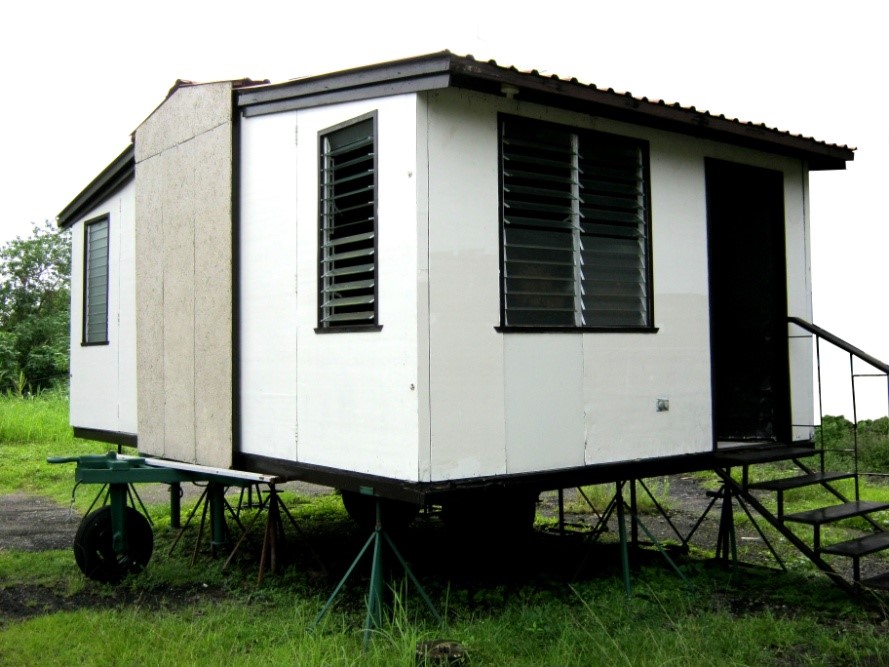
It’s called the “F-House” – a fast-build, firm,and fold-away shelter that can be highly useful in times of emergency. It can be assembled as quickly as a tent to house people during disasters, and can also serve as a depot for emergency supplies or distribution center for food, medicine and other supplies.
It’s very versatile, and it is locally available because it is made by Filipino experts.
DOST execs, workers vow to carry out 8 priorities for 2014-2016
- Details
- Hits: 6346
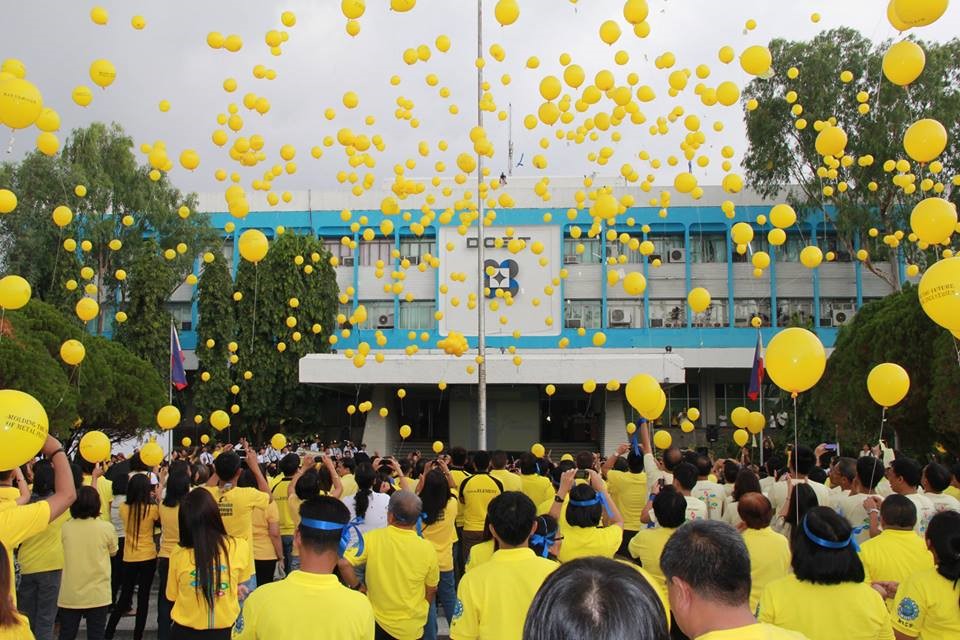
With sunny yellow as the Department of Science and Technology’s (DOST) unifying color on a mild gray Monday morning, the Department’s workers, officials and executives pledged their commitment to intensify their individual and collective efforts to achieve the “8 DOST Outcomes” on the so-called DOST Commitment Day held yesterday, February 3, 2014 at the DOST Complex in Bicutan, Taguig City.
Read more: DOST execs, workers vow to carry out 8 priorities for 2014-2016













